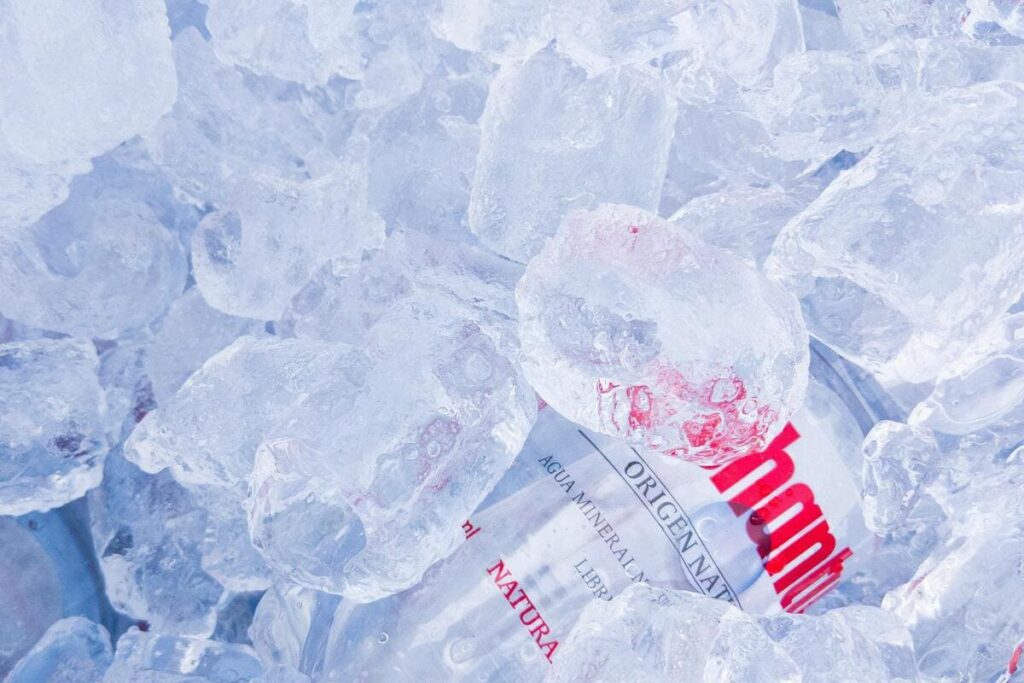I. Introduction
A. Definition of Tube Ice Machines
Tube ice machines are specialized refrigeration systems used to produce cylindrical ice tubes. They are widely used in various industries, including fishing, food processing, and hospitality. The primary purpose of these machines is to provide a reliable and efficient means of producing high-quality ice in large quantities.
B. Importance of Tube Ice Machines in Various Industries
Tube ice machines play an essential role in various industries as they provide a convenient and efficient way to store and transport ice. For example, tube ice is used in the fishing industry to keep fish fresh during transport from fishing boats to the shore. In the food processing industry, tube ice is used to chill food products, maintain their freshness, and preserve their taste. In the hospitality industry, tube ice is used to cool drinks, making them more refreshing and enjoyable.
II. The Basic Principles of Tube Ice Machines
A. Refrigeration System
The basic principle of a tube ice machine is to freeze water into cylindrical tubes of ice by passing a refrigerant through a refrigeration system. The refrigerant is a substance that absorbs heat from the water, causing it to freeze. The refrigerant is then circulated back to the refrigeration system where the absorbed heat is released and the refrigerant is cooled. This cycle is repeated continuously to produce ice.
B. Freezing of Water into Ice
The water is fed into the refrigerated cylinder of the tube ice machine, where it is frozen into the ice by the refrigerant gas. The freezing process starts from the outer surface of the water, which begins to freeze first. As the ice starts to form, it pushes the unfrozen water towards the centre of the cylinder, where it continues to freeze. The ice is then pushed out of the cylinder and into the ice-dispensing system, where it is stored for later use.
III. Components of Tube Ice Machines
A tube ice machine consists of several components, including the refrigeration system, the ice-making system, and the ice-dispensing system.
A. Refrigeration System
The refrigeration system is the heart of the tube ice machine and is responsible for cooling the refrigerant. It consists of a compressor, an evaporator, a condenser, and an expansion valve.
The compressor pumps refrigerant gas from the evaporator to the condenser. The refrigerant gas releases heat in the condenser and condenses into a high-pressure, high-temperature liquid.
The expansion valve regulates the flow of refrigerant liquid into the evaporator, where it evaporates and absorbs heat from the water.
This process is repeated continuously, ensuring that the refrigerant remains at the proper temperature to produce ice.

B. Ice-Making System
The ice-making system is responsible for freezing the water into ice. It consists of a refrigerated cylinder, which is where the water is frozen, and a refrigerant gas, which is used to cool the water. The refrigerant gas is circulated throughout the cylinder, causing the water to freeze into ice.
C. Ice-Dispensing System
The ice-dispensing system is responsible for storing the ice once it has been produced. It typically consists of an ice storage bin, which is where the ice is stored, and an ice discharge mechanism, which is used to dispense the ice as needed.
IV. Operation of Tube Ice Machines
A. Feeding Water into the Refrigerated Cylinder
The operation of a tube ice machine begins with feeding water into the refrigerated cylinder. The water is fed into the cylinder through a water inlet valve, which is typically located at the top of the cylinder. The water is then circulated throughout the cylinder, where it begins to freeze.
B. Circulation of Refrigerant
As the water is fed into the refrigerated cylinder, the refrigerant gas is also circulated throughout the cylinder to cool the water and freeze it into ice. The refrigerant gas is circulated through the compressor, condenser, and evaporator, as described in the previous section. The refrigerant gas circulation is controlled by a refrigerant control valve, which regulates the flow of the refrigerant gas into the evaporator.
C. Freezing of Water into Ice
As the refrigerant gas cools the water in the refrigerated cylinder, the water begins to freeze from the outer surface inward. As the ice starts to form, it pushes the unfrozen water towards the centre of the cylinder, where it continues to freeze. The ice formation is a continuous process, and the refrigerant gas continues to circulate and cool the water until all of the water has been frozen into ice.
D. Dispensing Ice
Once the water has been frozen into ice, the ice is pushed out of the refrigerated cylinder and into the ice-dispensing system. The ice is stored in the ice storage bin, where it is available for later use. The ice can be dispensed as needed through the ice discharge mechanism, which is typically located at the bottom of the storage bin.

VI. Advantages of Tube Ice Machines
1. High Efficiency:
Tube ice machines are designed to produce large quantities of ice quickly, making them highly efficient for commercial and industrial applications.
2. Consistent Ice Quality:
Tube ice machines are designed to produce high-quality, consistent ice, which is essential for various applications, such as food preservation, beverage production, and medical use.
3. Easy to Store and Transport:
The cylindrical shape of the tube ice makes it easy to store and transport, as it takes up less space than other types of ice and is less likely to break or shatter during transport.
4. Low Maintenance:
Tube ice machines are designed to be low maintenance, with few moving parts and simple operation, making them easy to maintain and keep running smoothly.
VII. Disadvantages of Tube Ice Machines
1. High Cost:
Tube ice machines can be more expensive to purchase and operate than other types of ice machines, making them less accessible to smaller businesses and individuals.
2. Limited Ice Shape Options:
Tube ice machines only produce cylindrical tubes of ice, which may only be suitable for some applications.
3. Space Requirements:
Tube ice machines require a significant amount of space for installation, making them less suitable for smaller or cramped facilities.
4. Complex Refrigeration System:
The refrigeration system used in tube ice machines requires specialized knowledge and training to operate and maintain. This can result in higher costs for maintenance and repair.
Conclusion
Tube ice machines are specialized refrigeration systems that are used to produce cylindrical tubes of ice. They play an essential role in various industries, providing a convenient and efficient way to store and transport ice.
The basic principle of tube ice machines is the refrigeration system, which is used to cool the water that is fed into the device, which is then frozen into ice. The components of tube ice machines include the refrigeration system, the ice-making system, and the ice-dispensing system.
The operation of tube ice machines involves:
- Feeding water into the refrigerated cylinder.
- Circulating the refrigerant gas.
- Freezing the water into ice.
- Dispensing the ice as needed.
With their simple yet effective design and operation, tube ice machines provide a reliable and efficient means of producing high-quality ice in large quantities.


